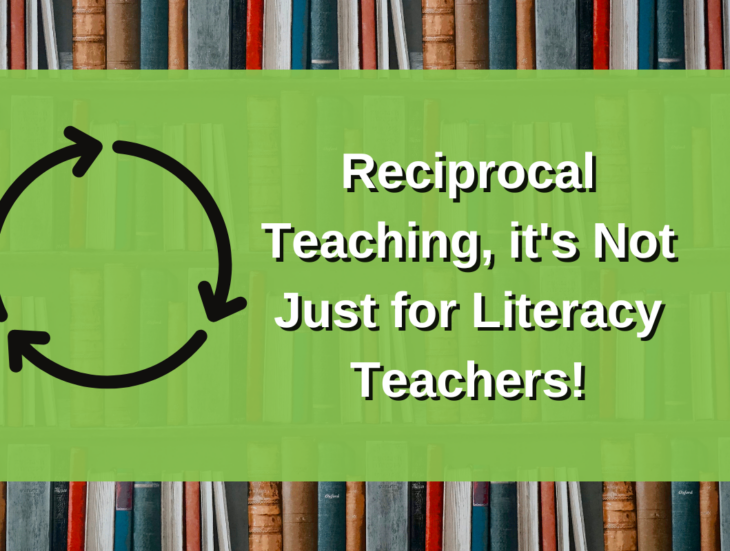
What is Reciprocal Teaching?
Reciprocal teaching includes four steps:
- Predict
- Clarify
- Question
- Summarize
Reciprocal teaching is a process that best works in a collaborative environment so most commonly small groups will be used in this strategy. Additionally, the process helps students organize their thinking about text. Creating a Doc or Slide Deck template for groups to use (see examples in Step 1) can be used to record ideas and provide links to additional tools used in the process.
Incorporating Digital Tools
Step 1 - Predict: The predict step can look different in different grade levels and content areas, however, no matter what grade level or what content area prediction involves previewing the text and connecting prior knowledge to what is seen. Additionally, students think a little bit about what the text might focus on based on the quick previewing that they did. Collaborative conversations are imperative to the prediction process. Recording thoughts on a table in a Google Doc or collaborative Google Slides can help classmates when returning to the conversation and for later evaluation of predictions.
Step 2 - Clarify: In this step students read through the text and note any areas that are unclear for them. One area that can be focused on is vocabulary. To clarify and further make meaning out of unknown terms, students can use an online dictionary tool (like the dictionary feature in Read & Write for Google or the Google Dictionary Chrome Extension) , but additional development of this new vocabulary might be needed. Vocabulary programs have an effect size of .62. One model that can support the explicit teaching of vocabulary is the Frayer Model. On a collaborative doc, students determine words needing clarification. Repeated words from the doc are collected and distributed to groups for further investigation. A shared Frayer Model tool can be used to further build the group’s understanding of their assigned words. Google Slides or Google Drawings fulfill the need to share and collaborate as a class.
Step 3 - Question: After all of the predictions have been made and all unknown terms have been clarified, groups begin in-depth reading of the text. Each group will record three questions they have as they read. Groups are encouraged to come up with a ‘right there’ question, a ‘between the lines’ question, and a critical thinking question (Kieschnick, Bold School). Teachers will need to model the question generation process prior to turning kids loose with this responsibility in addition to providing language scaffolds to help students generate questions. To learn more about question generation check out some of the resources in our Riddle Me This blog post.
Step 4 - Summarize: The final step in reciprocal teaching is summarizing. As a small group, students create a summary of what they just read and come to consensus on how they will show what they know about the text. There are a variety of different ways that students might share their summary of the text. With the time constraints of a classroom, this strategy might not be completed in one day. Flipgrid allows students to share their summary in the moment, with the ability to view with the class at a later time as they evaluate their summaries against previous predictions. This could also be great for students to reflect and review before an assessment.
Key Takeaways
- Organization and planning for this strategy is essential. Use collaborative tools to keep groups organized.
- Digital tools should not replace collaborative conversations, but instead help collect and record the ideas shared in small groups and provide an artifact to return to throughout the process.
